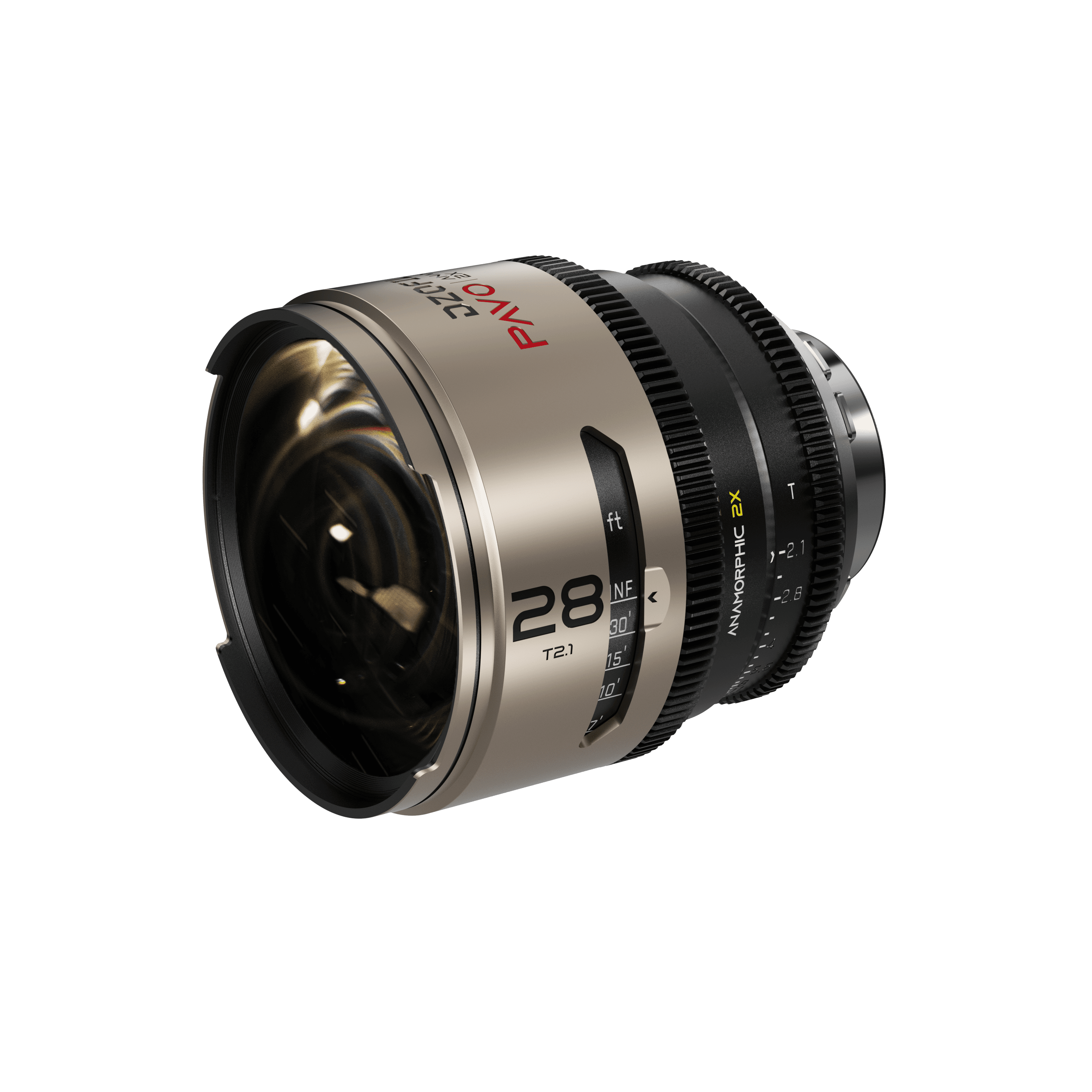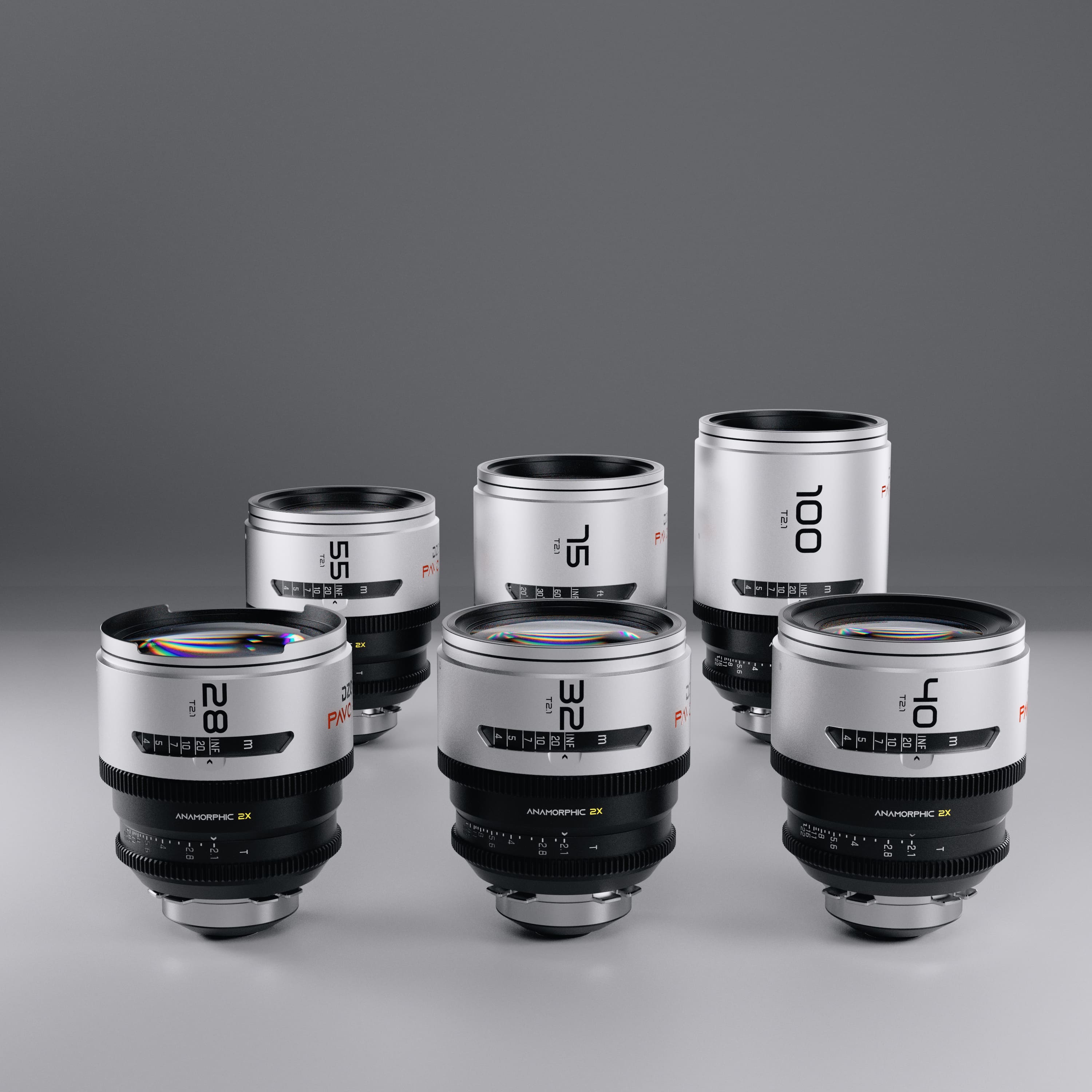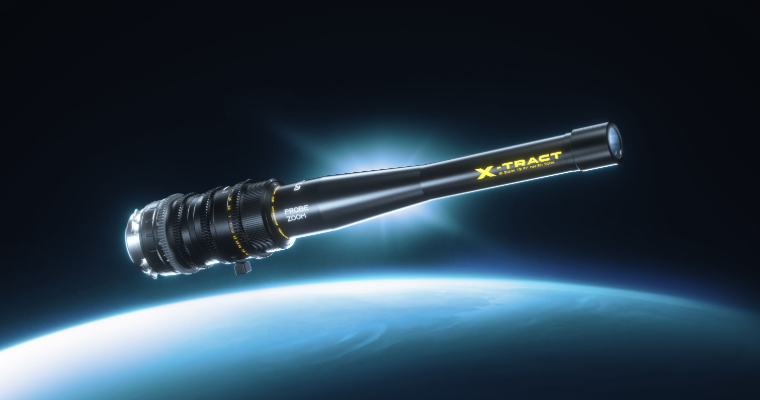In the history of film, there is a technology called Cinerama.
4-21-2023
In the history of film, there is a technology called Cinerama. If you pay attention to the anamorphic wide-screen lens, you may have heard that its wide-screen effect is not consistent with the production method of contemporary wide-screen movies. It was briefly brilliant, and finally exit the stage of film. The Chinese transliteration is called ‘Xinyi Lama’, and it is also translated as ‘wide-screen stereoscopic film’, ‘panoramic film’.
1. The Birth Background of Cinerama
The ‘Cinerama’ picture can be traced back to around 1920. At that time, it was used to highlight the emotion in the film narrative, using a technical ‘magnifying glass’ to suddenly enlarge the picture at the climax or end of the film. In Napoleon (1927), the French director Abel Gance adopted a wide screen with three ordinary pictures juxtaposed, but only enlarged the picture, and the film grains were clearly visible.
Like many inventions, ‘Cinerama’ is also due to military experiments. Fred Waller conducted a series of experiments to understand the characteristics of three-dimensional vision in 1937, and invented Vitarama, which is mainly used for military training (gun trainers). After the war, Japan and Germany agreed that the screening results of the device were excellent and suitable for publicity. At the end of 1946, Cinerama company was established to focus on commercial entertainment.
2. The Use of Cinerama in Film and Television
Around 1948, television had a huge impact on the film industry, and the total revenue of the film box office declined. In order to improve the visual effect and let the audience go back to the cinema, the short-lived Cinerama wide-screen film was born.
In the original film shooting, limited by the size of the film and the aspect ratio of 1.33:1, it can only show the front vision, ignoring the peripheral vision of the human eye. Cinerama is a special film production method with high cost. When shooting, it uses three 27MM lenses to record at the same time. The synchronous three-tape 35MM film can shoot pictures with an aspect ratio of 2.59: 1. When showing, use three projectors to synchronize The projection is projected onto the curved widescreen, and the lens selection is basically the same as the focal length of the human eye. The 147-degree viewing angle creates a more realistic visual experience. In addition, the sound has also been specially designed, the soundtrack has 7 tracks, and the multiple speakers in the theater make it impossible for the audience to tell where the sound is coming from.
On September 30, 1952, the first Cinerama movie ‘This is Cinerama’ premiered at the Broadway Theater in New York. In 1953 and 1954, as if overnight, all movies became widescreen.
At first, the Cinerama Company focused on making travel documentaries, such as ‘A Holiday at Cinerama’ in 1955, ‘Seven Wonders of the World’ in 1956 and ‘Adventures in the South Sea’ in 1958. At this stage, the cinematographer and crew are the biggest contributors to the success of the film, as they need to use complex camera equipment in dangerous and beautiful places.
As the audience gradually became familiar with the audio-visual shock of Cinerama, the producer decided to launch a feature film. At this time, the role of the director can be played. In 1962, Cinerama and MGM jointly launched the first feature film ‘How the West was Won’. With a strong cast and a magnificent epic plot, the movie won multiple Oscars that year.
3. The Decline and Fall of Cinerama
Although CINERAMA technology garnered a lot of attention and box-office success in its early days, the technology gradually waned over time. The main reasons are as follows:
Technical Difficulty: CINERAMA technology requires precise calculations and production processes to ensure the matching and smoothness of the three pictures after they are spliced together. Only 27MM wide-angle lenses can be used for shooting. Problems such as the control of the angle of view of the characters during shooting. This technology is an extremely complex job for film production and projection personnel.
Market Competition: The introduction of CINERAMA technology also stimulated other film companies to launch more advanced technologies. Especially after 1962, a new kind of wide-screen film, 70mm wide-screen film became popular, which was shot with a single lens. But is often mistakenly called Cinerama. Although the effect of single-lens wide-screen film is not as good as that of Cinerama, it is easier to shoot and edit, so it is widely used. Single-lens wide-screen technology has replaced CINERAMA technology to a certain extent, and the competition has become more intense.
High cost: CINERAMA technology requires the use of three cameras and three projectors, as well as special curved screens and projection equipment. The cost of these equipment and materials is very high and difficult to move. The increased cost of using theaters leads to too few projection venues.
Audience tastes: With the changes in the film market and audience tastes, audiences are gradually less enthusiastic about CINERAMA, a special projection technology, and more interested in more innovative and interactive movie experiences.
In short, the decline of CINERAMA technology is not caused by a single reason, but by a combination of many factors. However, CINERAMA technology has had an important impact on the development of film technology and the improvement of film projection technology, and has laid an important foundation for the development of the film industry. So far, many filmmakers are still pursuing widescreen effects to achieve a more shocking movie experience. Lens manufacturers have also launched modern ‘anamorphic widescreen’ lenses to meet the needs of filmmakers.
4. Today——Cinerama
Through the learning and application of the experience and lessons of Cinerama technology, subsequent lens manufacturers have launched technical solutions for single-lens anamorphic widescreen with different structures, which have more fine-grained control over the width, depth of field and distortion of the picture. Modern manufacturers innovate on the basis of inherited technologies, such as designing the lens size to be more compact to adapt to diverse shooting scenarios. Breaking the focus distance limit of traditional wide-screen lenses, ultra-close focus brings better picture tension, and also enables Lenses are easier to use and so on. The innovative design makes the widescreen lens widely used in different film productions.
DZOFilm’s newly launched anamorphic widescreen lens Pavo is based on the study of traditional widescreen lenses and listened to the experience of first-line cinematographers, and designed 32, 540, 55, 72, ... X 2x anamorphic widescreen lenses, of which an anamorphic macro lens was also added. It is small in size, weighs only xx, and the closest focusing distance reaches an astonishing xx. On this basis, if it is equipped with a close up lens, it can further enlarge the advantage of close focus, and can reach the focusing distance of a spherical lens.
At the same time, modern widescreen lenses have made great strides in innovation. By using digital technology and computer-aided design, obtaining lens data can more accurately control the deformation and distortion of the picture, improve the visual effect of the film and the audience experience, and make it easier for film creators to express the picture.




